Everything You Need To Know About Pool Pumps
Pool ownership represents the pinnacle of relaxation and recreation, offering a cool oasis during hot summer days. Yet, beneath the shimmering azure waters, an unsung hero silently ensures the pool remains pristine – the humble pool pump. Tasked with an arduous cycle of water circulation, filtration, and sanitation, it's a component every pool owner must understand to maintain a safe and healthy aquatic environment. In this definitive guide, we dive deep into the world of pool pumps, exploring types, functions, maintenance, and the compelling case for upgrades.
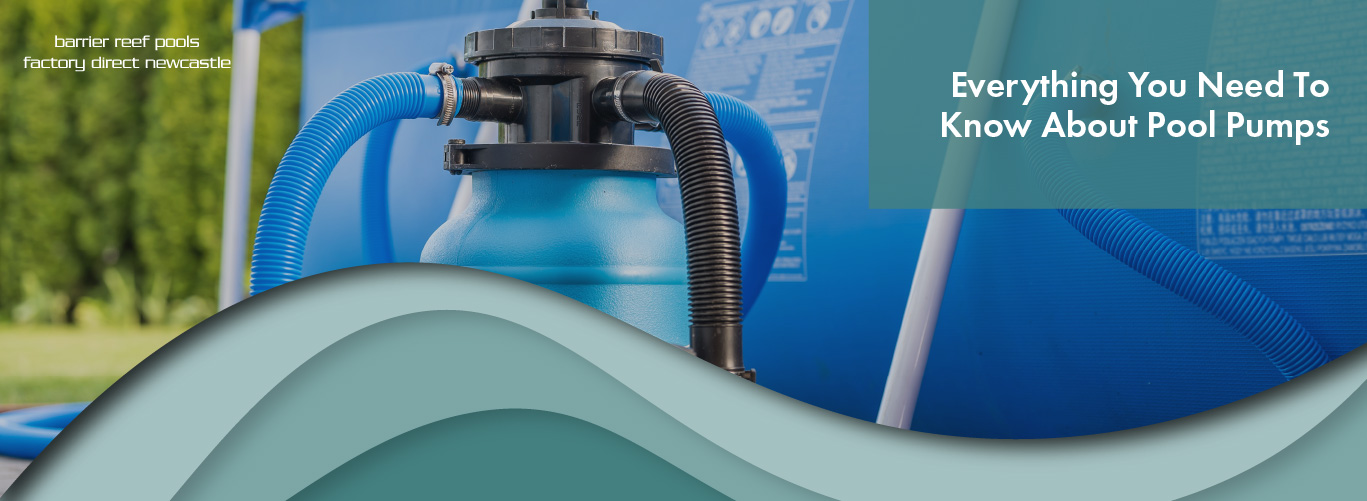
Types of Pool Pumps
Before caring for your pool’s ‘heart,’ identify its type. Three main categories dominate the market, each with unique traits impacting performance and energy costs. Knowing these differences improves maintenance and aids decision-making aligned with your preferences and budget.
Single-Speed Pumps
Traditional single-speed pumps have long been popular in households, operating at a fixed rate that can lead to high energy consumption. Despite this, their simplicity and durability make them low-maintenance and long-lasting.
Variable-Speed Pumps
Variable-speed pumps have transformed the pool industry, providing energy savings and precise control over water flow rates. Their ability to adjust speeds according to needs offers an advanced water management solution for a tailored experience. Despite higher initial costs, the long-term savings and environmental benefits make them a smart and sustainable choice for efficient and eco-friendly pool ownership.
Dual-Speed Pumps
Dual-speed pumps bridge the gap between single-speed and variable-speed options. With low and high settings, they offer moderate energy savings at low speed. While not as efficient as variable-speed pumps, they balance cost-effectiveness and energy consumption better than single-speed models. Their speed flexibility makes them a practical choice for those wanting a middle ground between fixed and fully adjustable pump systems.
Key Components and Their Crucial Functions
Motor
The motor serves as the heart of the pool pump system, responsible for transforming electrical energy into mechanical energy to propel water circulation effectively. Its pivotal role lies in being the primary consumer of electricity within the setup. Therefore, selecting the appropriate motor type, especially in the context of variable-speed pumps, is crucial to optimise energy efficiency and operational performance.
Impeller
The impeller, a crucial component of the pump, is essentially the rotor responsible for spinning and generating the centrifugal force required to extract water from the pool. Its intricate design plays a significant role in influencing water flow, pressure, and overall efficiency, particularly in scenarios where it may become obstructed or impaired, highlighting the critical importance of its functionality in maintaining optimal pump performance.
Strainer Basket
The strainer basket, a crucial component, acts as a shield against large debris, safeguarding the impeller and motor from potential damage. It is vital to conduct regular cleaning to uphold an optimal flow rate and alleviate strain on the pump, ensuring longevity and efficiency in operation.
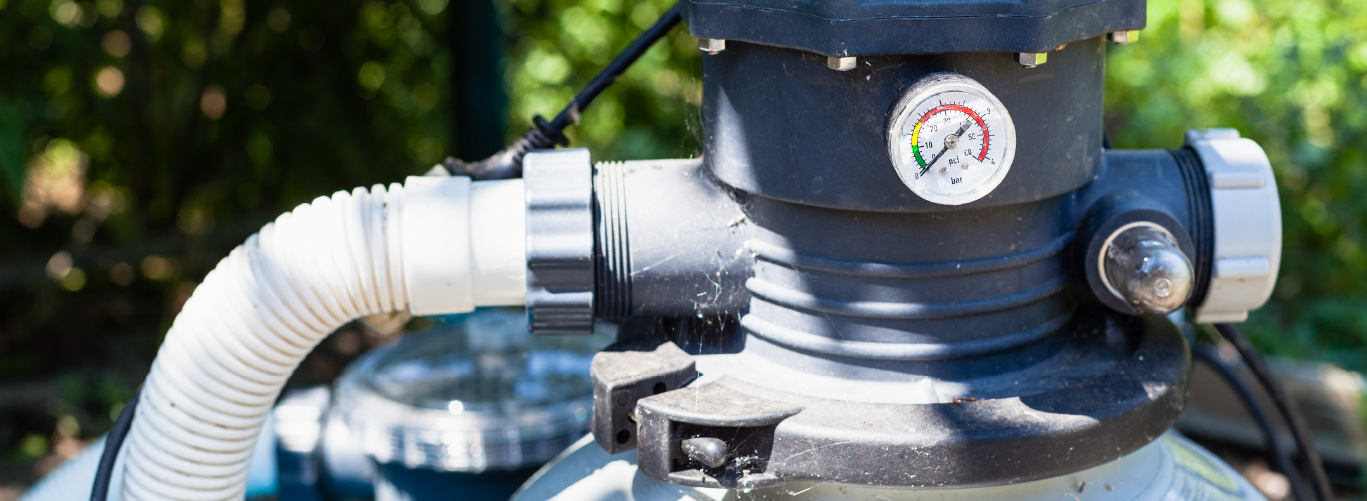
Choosing the Right Pool Pump for Your Oasis
Consider Pool Size and Volume
A pump that is too small for your pool will struggle to maintain adequate water circulation, potentially causing issues like poor filtration and uneven chemical distribution. On the other hand, an oversized pump may lead to excessive energy consumption and unnecessary costs. Therefore, calculating the turnover rate – the time required to circulate the pool’s entire volume – is a vital metric to consider when selecting a pump that aligns perfectly with your pool’s needs.
Energy Efficiency
In consideration of sustainability and cost-effectiveness, prioritising an energy-efficient pump is crucial for long-term benefits. When selecting a pump, focus on models certified by reputable bodies. These certified pumps not only offer energy savings but also ensure optimal performance, making them a smart choice for both your budget and the environment.
Speed Options for Versatile Maintenance
When deciding between single, dual, or variable-speed pumps for your pool, it’s crucial to weigh energy consumption against pool maintenance needs. Opting for variable-speed pumps provides unparalleled flexibility, enabling you to adjust speeds tailored to specific tasks such as skimming, vacuuming, and spa operation. This versatility not only enhances energy efficiency but also ensures optimal performance across various pool maintenance activities.
Maintenance Regime
Regular Cleaning and Inspection
Schedule routine checks to inspect and clean the strainer basket, impeller, and pump housing. It’s crucial to look for signs of wear such as rust, cracks, or leaks. Ensure that all water circulation points are unobstructed for optimal performance and longevity of your equipment. Regular maintenance will help prevent major issues and keep your system running smoothly.
Trouble-Shooting Common Issues
Overheating, noisy operation, or loss of pressure can be symptoms of problems with your pump. It is essential to pay attention to these signs as they could indicate issues such as clogged filters, leaks, or worn-out parts. By promptly identifying and addressing these common pump problems, you can prevent potential damage and ensure the continued quality of your water supply.

The Argument for Pool Pump Upgrades
Energy Savings
Upgraded pumps, integrated with state-of-the-art technology, are meticulously crafted to reduce energy consumption significantly, thereby resulting in substantial savings on utility bills. Investing in a well-selected, highly efficient pump can prove to be a wise decision, as it has the potential to offset its initial cost through long-term energy savings and operational efficiency enhancements.
Improved Performance and Water Quality
New pool filters now have better features like improved filtration to remove tiny impurities effectively. Enhanced water circulation ensures even clean water distribution, boosting a healthier swimming environment. Increased adjustability offers precise pool condition control for easier maintenance tasks.er rates contribute to better chemical distribution and balance, simplifying the upkeep of optimal water quality.
Extended Lifespan
An upgrade to a new, high-quality pump often comes with extended warranties and longer service lives, which can result in reduced maintenance costs over time. This means fewer replacements and repairs in the future, providing a more reliable and cost-effective solution for your pumping needs.
Understanding Pool Pumps Leads to a Sparkling Oasis
Understanding pool pumps is crucial for pool harmony and health. Knowing the types, functions, and selection criteria empowers owners to make informed decisions and maximise their investment. From regular maintenance for optimal performance to strategic upgrades, a clear and cost-effective pool starts with your pool pump. A well-maintained pump keeps water clean and enhances the enjoyment and longevity of your pool.
Everything You Need To Know About Pool Pumps
Pool ownership represents the pinnacle of relaxation and recreation, offering a cool oasis during hot summer days. Yet, beneath the shimmering azure waters, an unsung hero silently ensures the pool remains pristine – the humble pool pump. Tasked with an arduous cycle of water circulation, filtration, and sanitation, it's a component every pool owner must understand to maintain a safe and healthy aquatic environment. In this definitive guide, we dive deep into the world of pool pumps, exploring types, functions, maintenance, and the compelling case for upgrades.
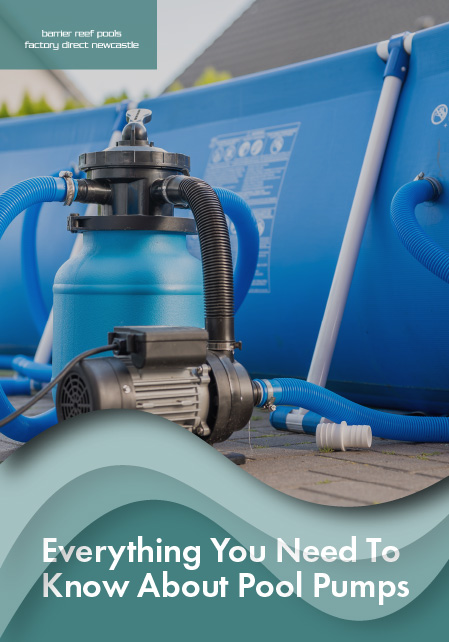
Types of Pool Pumps
Before caring for your pool’s ‘heart,’ identify its type. Three main categories dominate the market, each with unique traits impacting performance and energy costs. Knowing these differences improves maintenance and aids decision-making aligned with your preferences and budget.
Single-Speed Pumps
Traditional single-speed pumps have long been popular in households, operating at a fixed rate that can lead to high energy consumption. Despite this, their simplicity and durability make them low-maintenance and long-lasting.
Variable-Speed Pumps
Variable-speed pumps have transformed the pool industry, providing energy savings and precise control over water flow rates. Their ability to adjust speeds according to needs offers an advanced water management solution for a tailored experience. Despite higher initial costs, the long-term savings and environmental benefits make them a smart and sustainable choice for efficient and eco-friendly pool ownership.
Dual-Speed Pumps
Dual-speed pumps bridge the gap between single-speed and variable-speed options. With low and high settings, they offer moderate energy savings at low speed. While not as efficient as variable-speed pumps, they balance cost-effectiveness and energy consumption better than single-speed models. Their speed flexibility makes them a practical choice for those wanting a middle ground between fixed and fully adjustable pump systems.
Key Components and Their Crucial Functions
Motor
The motor serves as the heart of the pool pump system, responsible for transforming electrical energy into mechanical energy to propel water circulation effectively. Its pivotal role lies in being the primary consumer of electricity within the setup. Therefore, selecting the appropriate motor type, especially in the context of variable-speed pumps, is crucial to optimise energy efficiency and operational performance.
Impeller
The impeller, a crucial component of the pump, is essentially the rotor responsible for spinning and generating the centrifugal force required to extract water from the pool. Its intricate design plays a significant role in influencing water flow, pressure, and overall efficiency, particularly in scenarios where it may become obstructed or impaired, highlighting the critical importance of its functionality in maintaining optimal pump performance.
Strainer Basket
The strainer basket, a crucial component, acts as a shield against large debris, safeguarding the impeller and motor from potential damage. It is vital to conduct regular cleaning to uphold an optimal flow rate and alleviate strain on the pump, ensuring longevity and efficiency in operation.
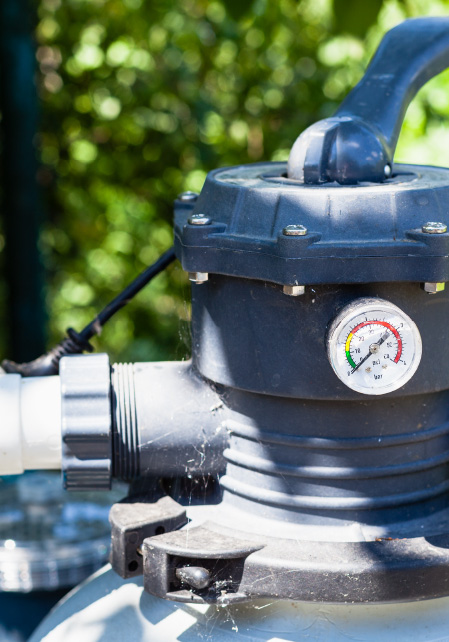
Choosing the Right Pool Pump for Your Oasis
Consider Pool Size and Volume
A pump that is too small for your pool will struggle to maintain adequate water circulation, potentially causing issues like poor filtration and uneven chemical distribution. On the other hand, an oversized pump may lead to excessive energy consumption and unnecessary costs. Therefore, calculating the turnover rate – the time required to circulate the pool’s entire volume – is a vital metric to consider when selecting a pump that aligns perfectly with your pool’s needs.
Energy Efficiency
In consideration of sustainability and cost-effectiveness, prioritising an energy-efficient pump is crucial for long-term benefits. When selecting a pump, focus on models certified by reputable bodies. These certified pumps not only offer energy savings but also ensure optimal performance, making them a smart choice for both your budget and the environment.
Speed Options for Versatile Maintenance
When deciding between single, dual, or variable-speed pumps for your pool, it’s crucial to weigh energy consumption against pool maintenance needs. Opting for variable-speed pumps provides unparalleled flexibility, enabling you to adjust speeds tailored to specific tasks such as skimming, vacuuming, and spa operation. This versatility not only enhances energy efficiency but also ensures optimal performance across various pool maintenance activities.
Maintenance Regime
Regular Cleaning and Inspection
Schedule routine checks to inspect and clean the strainer basket, impeller, and pump housing. It’s crucial to look for signs of wear such as rust, cracks, or leaks. Ensure that all water circulation points are unobstructed for optimal performance and longevity of your equipment. Regular maintenance will help prevent major issues and keep your system running smoothly.
Trouble-Shooting Common Issues
Overheating, noisy operation, or loss of pressure can be symptoms of problems with your pump. It is essential to pay attention to these signs as they could indicate issues such as clogged filters, leaks, or worn-out parts. By promptly identifying and addressing these common pump problems, you can prevent potential damage and ensure the continued quality of your water supply.
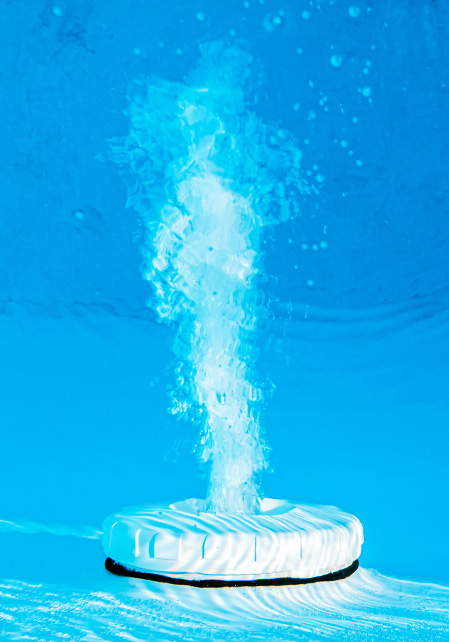
The Argument for Pool Pump Upgrades
Energy Savings
Upgraded pumps, integrated with state-of-the-art technology, are meticulously crafted to reduce energy consumption significantly, thereby resulting in substantial savings on utility bills. Investing in a well-selected, highly efficient pump can prove to be a wise decision, as it has the potential to offset its initial cost through long-term energy savings and operational efficiency enhancements.
Improved Performance and Water Quality
New pool filters now have better features like improved filtration to remove tiny impurities effectively. Enhanced water circulation ensures even clean water distribution, boosting a healthier swimming environment. Increased adjustability offers precise pool condition control for easier maintenance tasks.er rates contribute to better chemical distribution and balance, simplifying the upkeep of optimal water quality.
Extended Lifespan
An upgrade to a new, high-quality pump often comes with extended warranties and longer service lives, which can result in reduced maintenance costs over time. This means fewer replacements and repairs in the future, providing a more reliable and cost-effective solution for your pumping needs.
Understanding Pool Pumps Leads to a Sparkling Oasis
Understanding pool pumps is crucial for pool harmony and health. Knowing the types, functions, and selection criteria empowers owners to make informed decisions and maximise their investment. From regular maintenance for optimal performance to strategic upgrades, a clear and cost-effective pool starts with your pool pump. A well-maintained pump keeps water clean and enhances the enjoyment and longevity of your pool.



